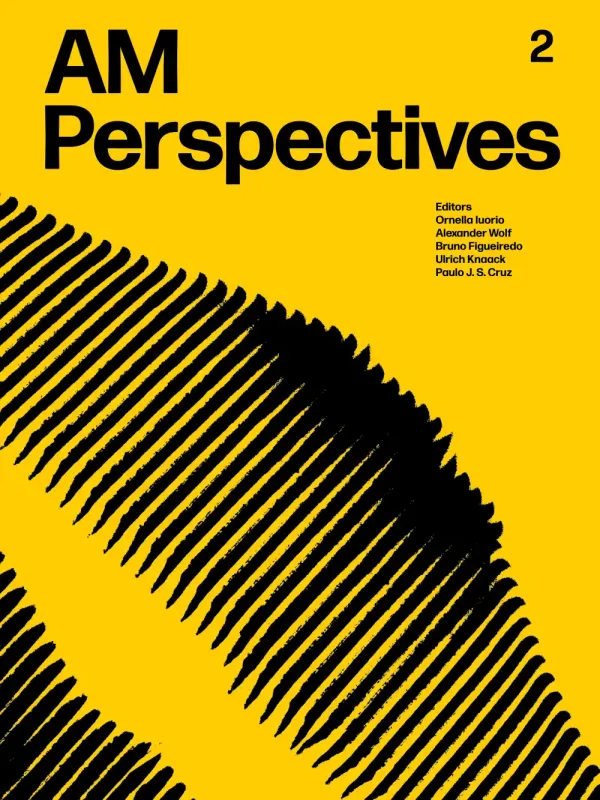3DCP OF ARCHITECTURAL COMPONENTS WITH COMPLEX GEOMETRIES
Synopsis
Driven by the evolution of digital processes in architectural design, the integration of Additive Manufacturing technologies in the production of architectural components has shown significant potential to meet the growing demands for customization and optimization. However, there is still a considerable degree of uncertainty regarding how these techniques can be integrated into current construction systems. Considering that concrete is widely used in the construction industry and that cement production is a significant source of CO₂ emissions, it becomes crucial to explore these new technologies to enhance its efficiency.
To adapt digital fabrication to the specific requirements of real-world context, this study explores the application of 3D Concrete Printing (3DCP) within a prefabrication framework in a controlled laboratory setting. Following the development of the extrusion system, a series of prototypes were produced to systematically scale up manufacturing and identify key process control parameters.
Finally, to demonstrate the applicability of 3DCP in complex environments, this paper presents a case study involving a prototype designed for implementation on a coastal rockfill in P.voa de Varzim, Portugal. The process begins with a 3D survey of the site, followed by the custom design of a set of discretized platforms composed of medium-sized parts and their corresponding connections. This case study validates the feasibility of the technology and methodology for industrial applications, highlighting its potential for adaptable and efficient construction solutions in challenging contexts.






